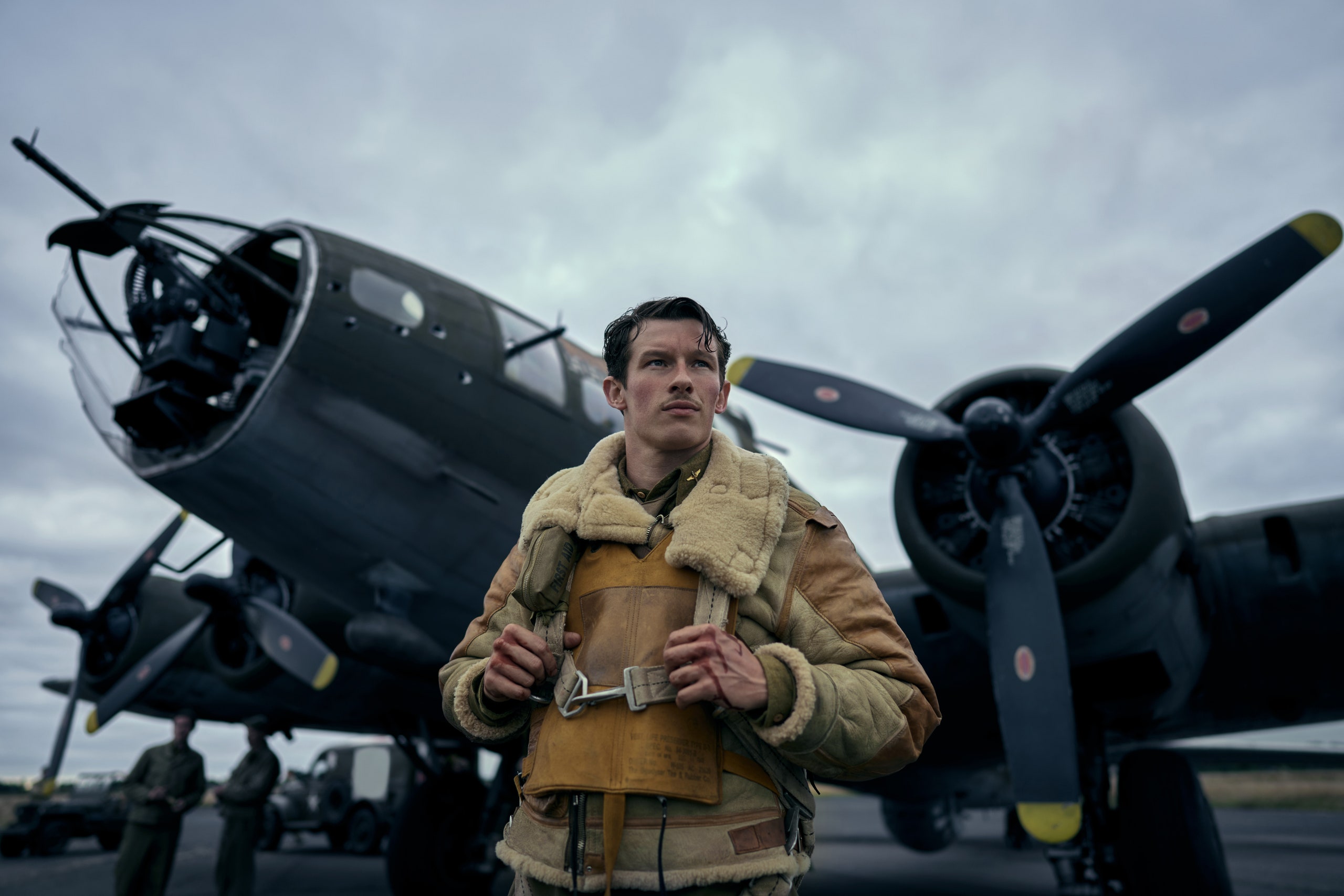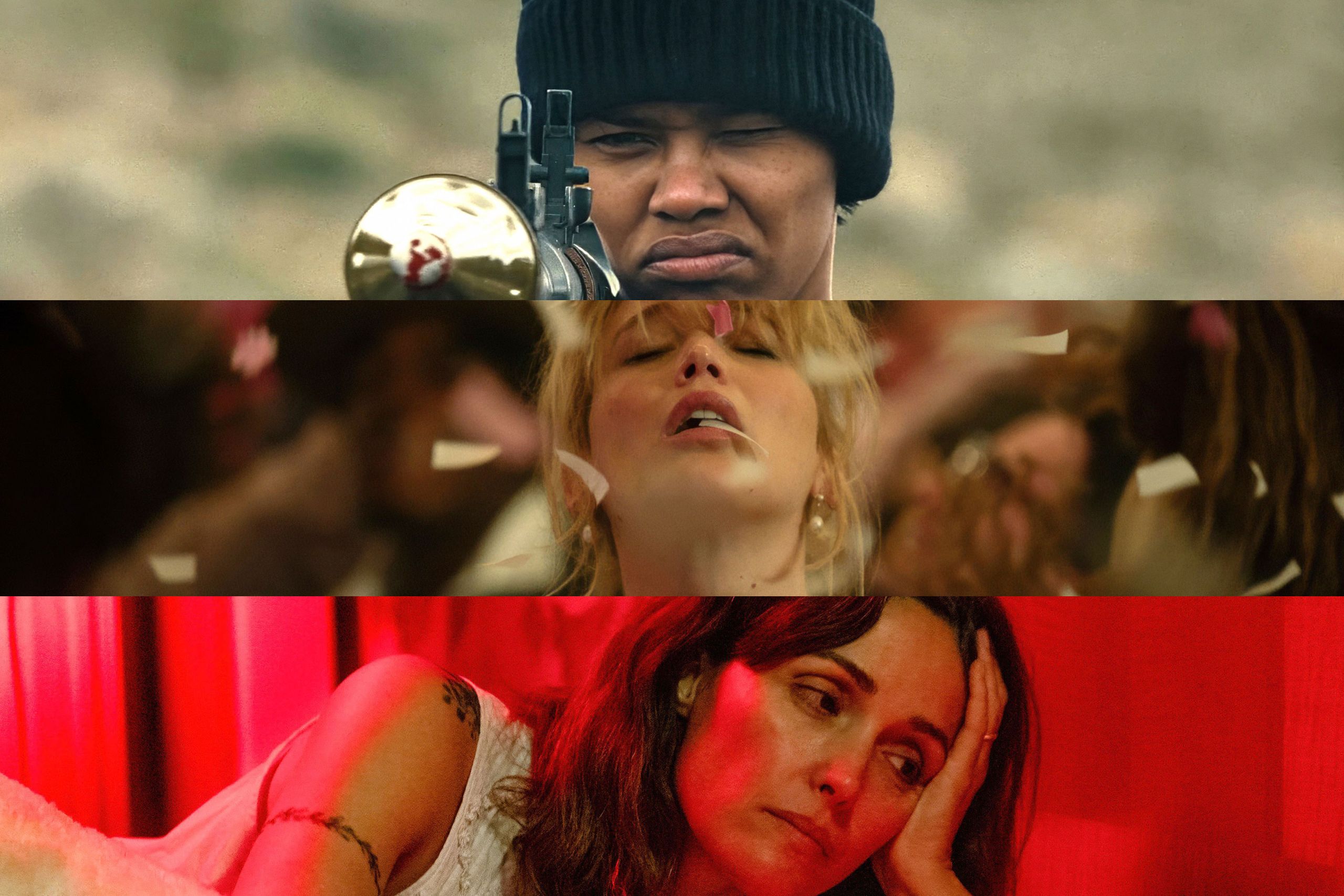Masters of the Air: A Gripping Tale of Camaraderie in the Skies | Vanity Fair

Article by Richard Lawson
In 2001, HBO's Band of Brothers, a WWII drama, was a groundbreaking event. A large-scale mini-series of this caliber was uncommon, if not unprecedented on television. Produced by Steven Spielberg and Tom Hanks, Band of Brothers had more episodes (10 in total) than typical broadcast network mini-series and had high-reaching objectives. This series became a cultural phenomenon that celebrated the traditional American notion of the Greatest Generation heroism, while not shying away from real-life terrors. The series played a role in changing the perception of television during the beginnings of television's golden era when series like Sex and the City and The Sopranos were just coming to life.
Fast forward to 2010 and the sequel, The Pacific, did not live up to its predecessor's reputation. This could be attributed to the increased ambition and high-quality content on television during this decade. The Pacific, though a respectable and well-crafted series, was grittier and less romanticized than Band of Brothers, which might have led to its comparative lack of popularity. This could be a reason why Spielberg and Hanks' third WWII project, or fourth if Saving Private Ryan is included, Masters of the Air, has premiered on AppleTV+ and not HBO. The industry dynamics have shifted over the past two decades, and it seems only a company with a budget as large as Apple's can fund such an expansive project.
Masters of the Air is an ambitious undertaking detailing the experiences of the 100th Bomb Group pilots and crew as they undertake dangerous missions over Europe, targeting strategic Nazi sites while suffering heavy losses. The series, created by John Shiban and John Orloff, mirrors Band of Brothers in telling a vast war story through the perspective of two friends- Major Cleven, played by Austin Butler, and Major Egan, played by Callum Turner.
The show aims to depict the dangerous nature of the war, which can result in some viewers finding it difficult to keep track as various characters are eliminated abruptly and frequently. The aim is to demonstrate the overall horror of the war rather than just personal narratives, resulting in some emotional detachment from the characters.
Despite the high casualty rate and the confusion, the series manages to stay intriguing. Each episode encompasses a frightening sequence, serving as a stark reminder of the grim reality of the war. Masters of the Air may not glamorize the war, but it is certainly a more structured and substantial portrayal of the war in comparison to other war genre films like Midway or Fury.
The solid performances by Austin Butler, Turner, Anthony Boyle, and others, serve as the backbone of the series. Boyle narrates the series as Major Crosby, a character who finds his strength amidst the war. His portrayal brings humanity and distinction to the show. Barry Keoghan also stars in the series, offering an entertaining Brooklyn dialect.
In comparison to its predecessors, Masters of the Air offers a more dramatized representation of the war. While the air combat scenes are executed realistically, the series possesses a Hollywood flair perhaps uncharacteristic of the mechanical terror portrayed within its most powerful scenes.
Still, fans of the past two series will no doubt find value, even of the slightly guilty entertainment sort, in Masters of the Air. It’s vivid and dreadful and moving where it counts, this at once dense and scattered series about barely post-adolescents hurling themselves into a sky-bound hell. What’s made plain by the show is the boggling miracle that anyone survived—as much a testament to crazy luck as anything else. These boys were trained and capable, sure. But anyone making it out of one of these raids alive seems like mere cosmic accident rather than mastery of anything.




